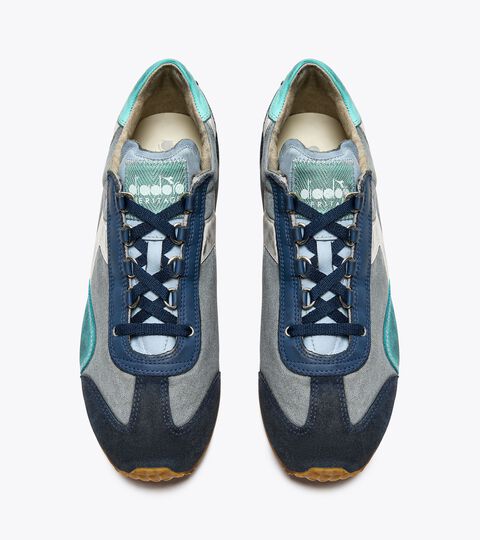B.560
MERCURY
MI BASKET
CONQUEST
EQUIPE
B.ELITE
N9000


B.560 METAL WN - Heritage leather sneaker - Women’s
US$161.00
US$230.00
-30%
Heritage leather sneaker - Women’s
5
Colours

Made in Italy

B.560 TORINO ITALIA - Heritage leather sneaker - All-Gender
US$182.00
US$260.00
-30%
Heritage leather sneaker - All-Gender
1
Colour


MERCURY ELITE URBAN WN - Heritage sneakers - All-Gender
US$161.00
US$230.00
-30%
Heritage sneakers - All-Gender
6
Colours


MERCURY ELITE URBAN WN - Heritage sneakers - All-Gender
US$161.00
US$230.00
-30%
Heritage sneakers - All-Gender
6
Colours


MERCURY ELITE URBAN WN - Heritage sneakers - All-Gender
US$230.00
Heritage sneakers - All-Gender
6
Colours


MI BASKET LOW ALASKA WN - Heritage leather sneaker - Women’s
US$154.00
US$220.00
-30%
Heritage leather sneaker - Women’s
1
Colour


MI BASKET METAL PIGSKIN USED WN - Heritage shoe - Women
US$161.00
US$230.00
-30%
Heritage shoe - Women
5
Colours


MI BASKET LOW USED - Heritage shoe - Gender Neutral
US$190.00
Heritage shoe - Gender Neutral
6
Colours


CONQUEST SUEDE SW - Heritage sneaker - Gender Neutral
US$147.00
US$210.00
-30%
Heritage sneaker - Gender Neutral
2
Colours


CONQUEST SUEDE SW - Heritage sneaker - Gender Neutral
US$147.00
US$210.00
-30%
Heritage sneaker - Gender Neutral
2
Colours


CONQUEST NUBUCK - Heritage sneaker - Gender Neutral
US$147.00
US$210.00
-30%
Heritage sneaker - Gender Neutral
2
Colours


EQUIPE DIRTY SW EVO - Heritage leather sneaker - All-Gender
US$126.00
US$180.00
-30%
Heritage leather sneaker - All-Gender
6
Colours


EQUIPE H CANVAS STONE WASH - Heritage shoe - Unisex
US$144.00
US$180.00
-20%
Heritage shoe - Unisex
2
Colours

Made in Italy

B.ELITE H ITALIA SPORT - Made in Italy Heritage shoe - All-Gender
US$220.00
Made in Italy Heritage shoe - All-Gender
2
Colours

Made in Italy

B.ELITE H ITALIA SPORT - Made in Italy Heritage shoe - All-Gender
US$220.00
Made in Italy Heritage shoe - All-Gender
2
Colours

Made in Italy

N9000 TOURNEY ITALIA - Heritage sneakers - Made in Italy - All-Gender
US$175.00
US$250.00
-30%
Heritage sneakers - Made in Italy - All-Gender
2
Colours

Made in Italy

N9000 ITALIA - Heritage shoe - Made In Italy - Gender Neutral
US$168.00
US$240.00
-30%
Heritage shoe - Made In Italy - Gender Neutral
1
Colour
The Original Italian Sneakers
Discover all the iconic models that started sneaker culture in Italy.


